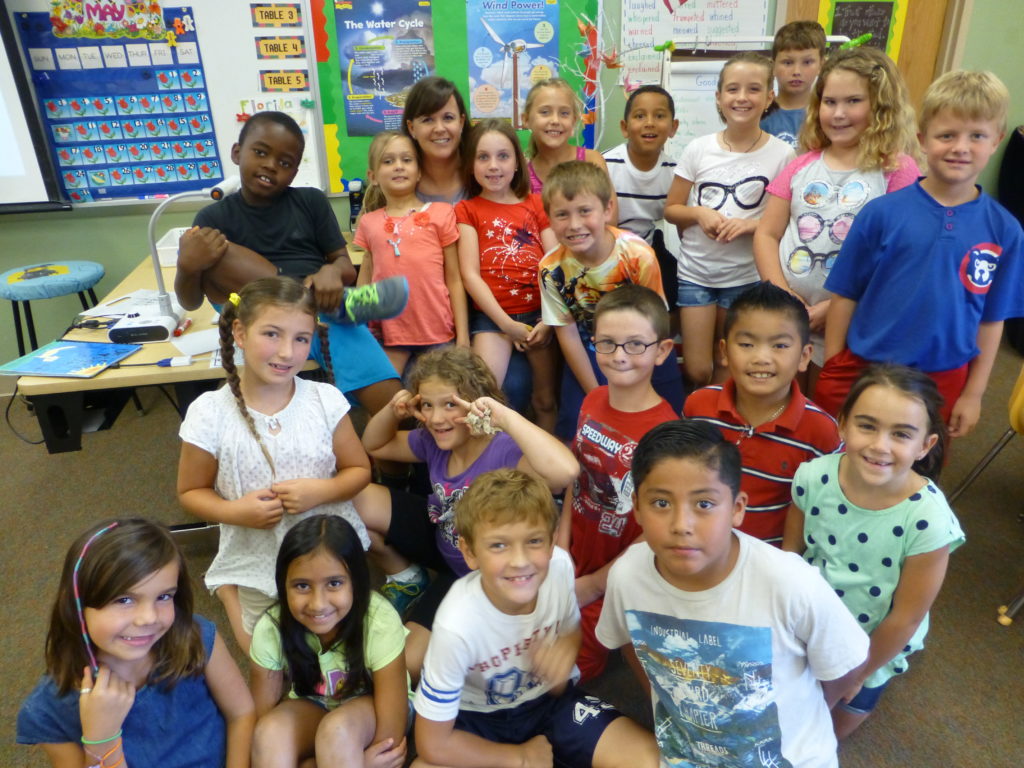One of my favorite things to do is talk to elementary classes about being an editor and writer.
Mrs. Wampole invited me to come speak to her second-grade class last year, and now I think we’ve created a tradition. I’m glad because I love it!
I’ve found that second-graders are at a good age to talk about writing and editing. They are now readers and writers themselves and are excited to learn new things. Their enthusiasm is pretty contagious!
This year when talking with students, my goal was to share my enthusiasm for what I do and encourage them to think about what they like to do and what they are good at. I told them, “When you think about what you want to be when you grow up, think about what you like to do, what you can do to help others, and what you can do to make money (since we all like to eat and live in houses!).” This led us into a discussion about how different talents, skills, and jobs can actually help people. It also helped them think about creative ways to make a living.
I love letting the kids get a sneak peak of a writer’s life to show that it is so much more than the five-sentence paragraph and the five-paragraph essay that they are drilled on because of standardized testing. We talked about all the different types of writing. I had them look around the room and think about the least obvious things they see that someone had to write—posters, textbooks, flyers, Scholastic newspapers, menus, etc. Even greeting cards! The kids were in awe of everything they could write.
I then began talking with the second-graders about the two main jobs I do: magazine writing and nonfiction book editing.
First, I introduced them to the world of magazine writing. They told me all types of ways magazines are different than books. I described the process I go through when writing for ParentLife and showed them a “spec sheet,” a contract, my Word document, and then the final designed magazine pages. It’s a pretty neat process from beginning to end!
Then we talked about what an editor does. I like to say I make the author’s book SHINE. Whether that is helping with the story or putting the commas in the correct places, my job is to make the manuscript the best it can be.
I explained the types of editing: developmental/substantive, copyediting, and proofreading. Then we edited a few sentences together using the proofreading marks. They thought the proofreading marks were funny!
I showed them my resource manuals—The Associated Press Stylebook for magazine writing/editing and The Chicago Manual of Style for book publishing. After seeing the CMOS, which is about three inches thick and full of “rules,” they decide they would not want to be editors!
Lastly, we talked about the process of editing a book and getting it published. And how sometimes an author gets to make input on his or her book cover. We looked at several books from authors I have edited and discussed who the kids thought the readers were—men, women, parents, moms, young, old, etc. They had some interesting ideas on what makes a cover interesting to men vs. women!
Then was Q&A time! They had LOTS of great questions and wanted to be sure I answered every single one. Others may have the same questions the kiddos did, so here are my answers.
Q: How do you get the magazine to look like that?
A: Graphic designers take the Word documents and design the pages of the magazine on their computers. They style the text, make the fonts look pretty and eye-catching, put in art, make bullets, and create the final layout of the magazine that you see.
Q: How do you get the pictures in the magazine?
A: The graphic designers uses “stock” photos. They work with companies who sell lots and lots of different photos that professional photographers have taken. Graphic designers have to read the articles and think about what photos would go with each article. Sometimes they use real photographs, and sometimes they work with illustrators and use illustrations. All the art work and design work is done on the computer.
Q: Have you ever written comics before?
A: Nope, but I have written games and puzzles for children.
Q: Have you ever been fired before?
A: No, but I’ve fired writers before! (The kids usually laugh!) Okay, not really. I’ve just been honest with potential clients and said that perhaps I’m not the perfect editor for them. Perhaps it’s because I don’t specialize in what they need edited. For instance, I don’t edit fiction, so I would suggest a fiction author to find a better editor. And sometimes it’s not a good partnership. An author and editor have to work so closely together, like a team. So our relationship has to be good, even if we disagree about the edits!
Q: Do you have a boss?
A: Yep—me! As a freelance editor/writer, I get to work for myself. So I choose when to work and who to work with.
Q: Have you ever missed a deadline?
A: Oh yes! But usually the writers are so understanding and just want the editing to be the best it can be . . . even if that means it has to take longer.
Q: What do you do if one of your kids is sick?
A: The glory of being a freelancer is that I get to work at home, so my schedule is flexible for when my kids get sick or we go on vacation.
Q: Do you have to read and memorize the entire CMOS book?
A: No, definitely not! But I have to know how to find the info I’m looking for, so it’s important to know how to use a resource book.
Q: How long does it take to edit a book?
A: It really depends on what stage we are in the process of editing and how well the author writes. If an author writes well, I can edit 10–20 pages an hour. If an author is not so good and takes a lot more editing, it can take me an entire hour just to work through 2 pages. But typically, it takes me about 2-4 weeks to edit an entire book manuscript.
Q: How long does it take to write a book?
A: It takes most authors several months to write a book. Even up to a year or more!
Q: How does writing and editing help people?
A: My writing that is published in parenting magazines helps parents learn about developmental stages of childhood so they know how to best parent their children. Sometimes it encourages them in what they are doing well or it helps them realize what they could be doing better. My editing helps authors achieve their dreams of being published, and it helps make their manuscripts the best they can be for all their readers.
Thank You, Mrs. Wampole’s Second-Grade Class!



asdasdasdasdasdasd